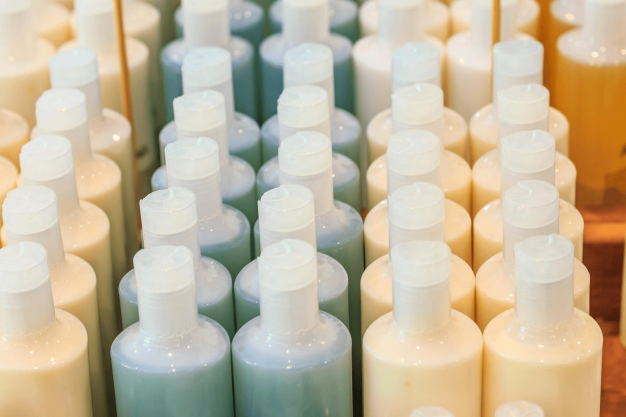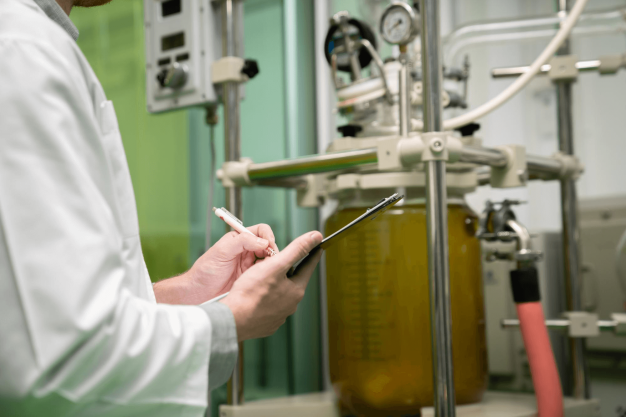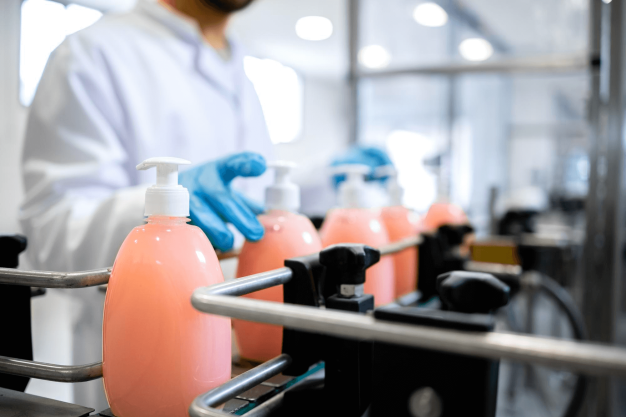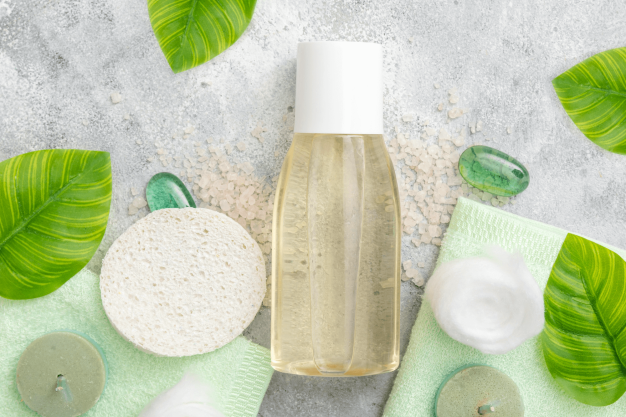Shampoos are manufactured by selecting high-quality ingredients. First, a variety of active ingredients and naturally derived ingredients are blended to create a shampoo with the desired effect. The shampoo is then packaged and undergoes a thorough quality check before it reaches the consumer. Let's learn more about the manufacturing process.

Basic overview of how shampoos are made
Functions of Shampoo

Key raw materials and ingredients in shampoo manufacturing
Surfactants
Surfactants are one of the most crucial ingredients in shampoo, responsible for removing oil and dirt while forming lather. Common surfactants include Sodium Lauryl Sulfate (SLS) and Sodium Laureth Sulfate (SLES). These ingredients have strong cleaning power, but they can be irritating to sensitive scalps. Therefore, shampoos using natural surfactants are also widely developed.
Moisturizers and Conditioners
Moisturizers supply moisture to the hair and scalp, preventing dryness. Conditioners make the hair soft and shiny, often using silicones or natural oils. These ingredients play a significant role in improving the health and appearance of hair.

What and how shampoos are made
Mixing Raw Materials
First, various raw materials are measured precisely and added to a mixing tank. These include surfactants, moisturizers, fragrances, and colorants. During this process, the ingredients are thoroughly mixed to ensure uniformity. For example, TALLO Beer Yeast Therapy Scalp Shampoois made by precisely blending beer yeast extract and various natural ingredients. Accurate measurement and uniform mixing of raw materials are crucial at this stage.
Homogenization and Heating
The mixed raw materials undergo homogenization to ensure even distribution. If necessary, the mixture is heated to dissolve the ingredients fully and achieve uniform consistency. This process determines the viscosity and texture of the shampoo. Homogenization and heating are vital for the final product's quality. This stage defines the physical properties of the shampoo, ensuring the final product's stability and consistency.

Shampoo Manufacturing Quality Control and Testing Methods
Quality control is critical in the shampoo manufacturing process. The manufactured shampoo undergoes various quality tests.
Physical Tests
Tests for viscosity, pH, and foaming ability are conducted to confirm the product's physical properties. These tests are essential for maintaining consistent product quality. For example, Dr.Seed Black bean Vegan Anti-Hairloss Shampoois tested to maintain a scalp-friendly pH level. Physical property tests ensure the product's stability and usability.
Microbial Tests
Microbial tests are conducted to ensure the product is not contaminated with microorganisms. This step is crucial for ensuring consumer safety. Microbial tests guarantee the product can be used safely without contamination. This process assesses resistance to various microorganisms, ensuring the product's hygiene.

How shampoo is packaged and distributed
Shampoos that pass quality tests move on to the packaging stage.
Packaging
Shampoos are packaged in various containers. Containers are usually plastic bottles or tubes, chosen based on the product's volume and ease of use. During the packaging process, care is taken to prevent damage to the product. The selection and design of packaging materials ensure product protection and convenient use for consumers.
Labeling and Inspection
Labeled with product information and usage instructions, the packaged shampoos undergo a final inspection to confirm proper production. Labeling and inspection play a crucial role in providing accurate information to consumers and building trust. Providing accurate product information and usage instructions enhances consumer safety and satisfaction.
Distribution
The packaged shampoos are distributed through supply chains to reach the final consumers. During this process, care is taken to prevent damage to the products. Careful management throughout the distribution process ensures the products reach consumers safely. Various measures are taken during distribution to maintain the freshness and quality of the products.
